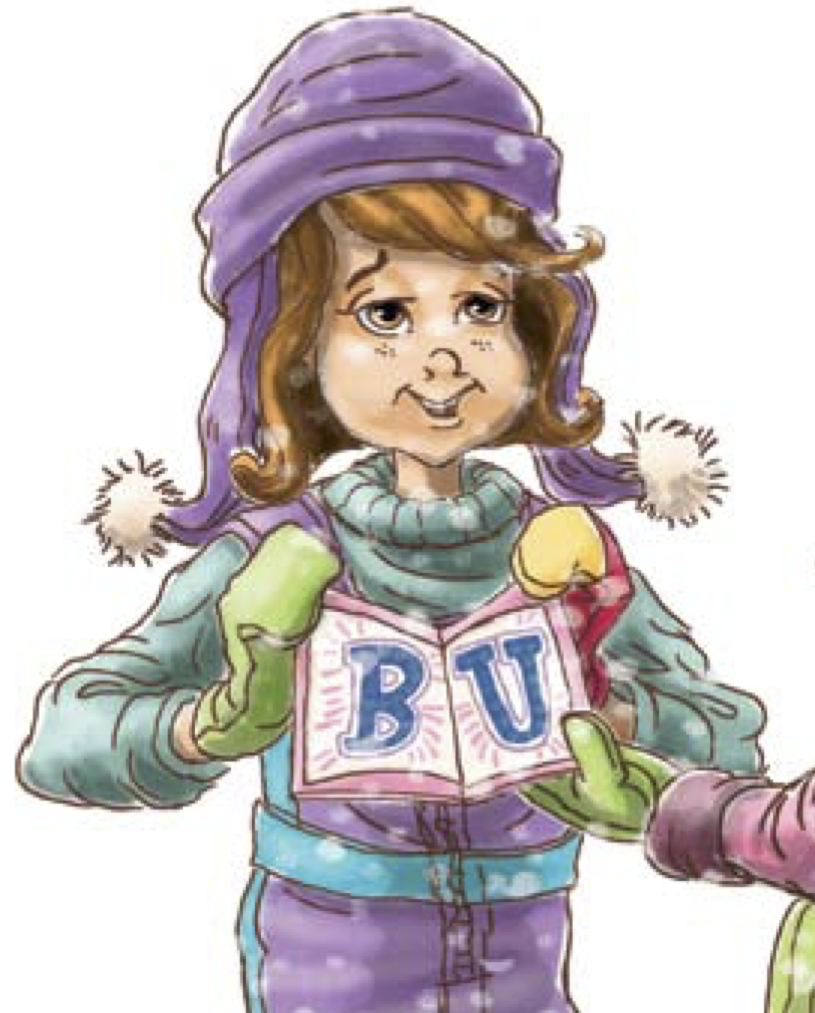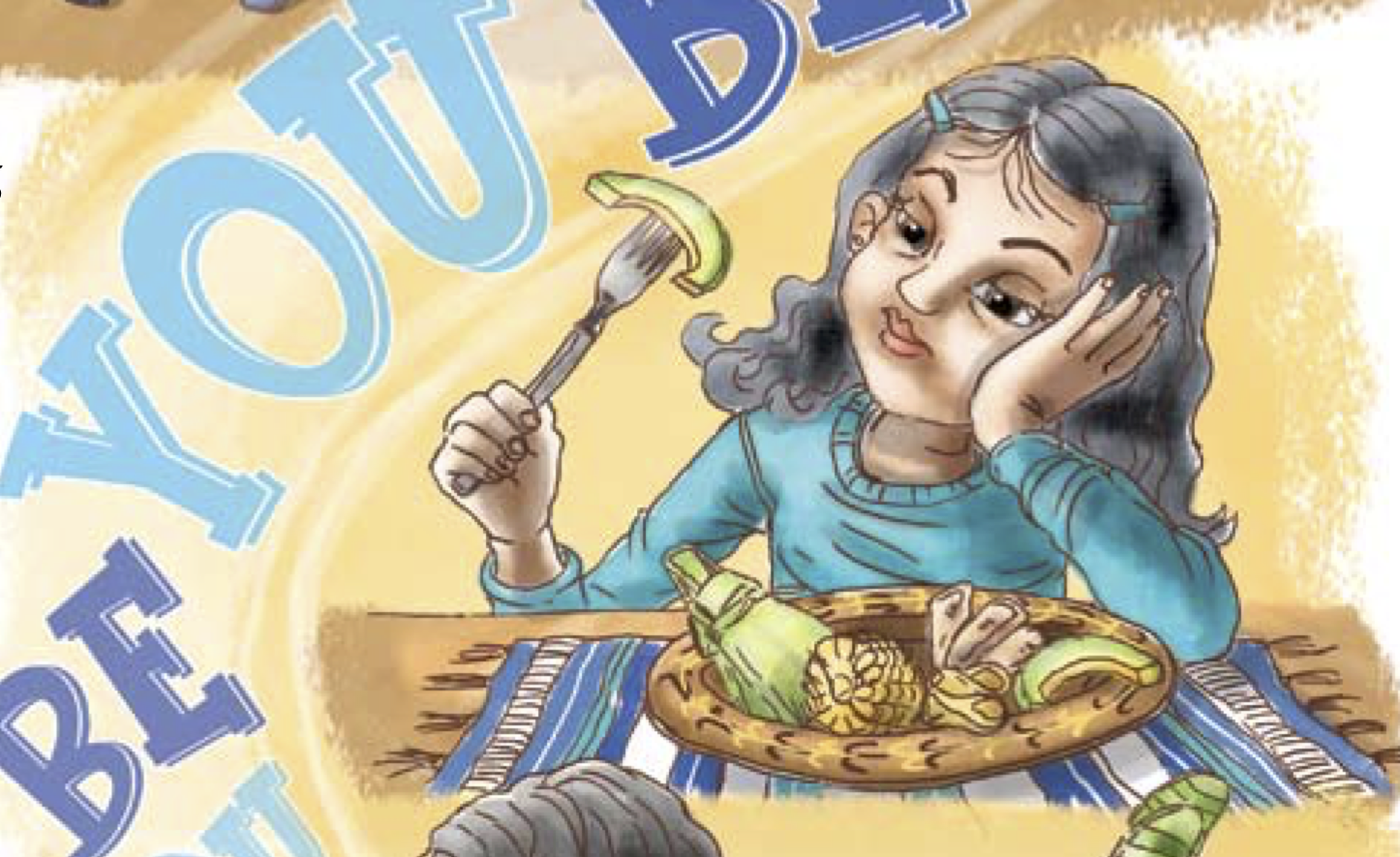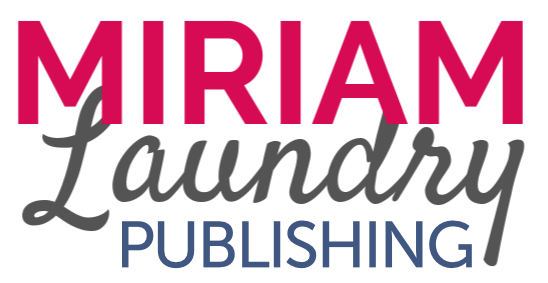Have you ever been to a bookstore, fell in love with a book because the summary on the back sounded AMAZING, brought it home, and then started reading it only to find that the main character was just SO unrealistic? This is why it's important to focus on writing main characters children will love.
Why You Need to Take Your Main Character Seriously
There’s nothing more harmful to a story than a one-dimensional main character. You'll tell the whole story through the main character's perspective, so if readers don't like your main character, they won't want to hear their story either.
In other words, they won't read your book and they definitely won't read it all the way through. That's why you need to prioritize writing main characters children will love. Here's how.
How to Make Sure You're Writing Main Characters Children will Love
Become Friends with Your Main Character
You need to think of your main character as a new friend. I know it seems silly to think of a fictional character as your new friend, but it can help enhance your manuscript and make all the difference.
When you meet someone new, you learn their name and a few things about them, right? Then over time, you get to know them better and better. You learn their favourite colour, how they take their coffee, and what their worst habits are.
It works the same way in books!
Before you can write from the perspective of your main character, you need to get to know them. To do this, think of the things that make YOU unique. Maybe it's your job, your heart for animals, or your mane of hair. Then think of the things that make your main character unique.
The more you note, the better you'll understand your main character.
Breathe Life Into Your Main Character
To take your efforts to the next level, you'll want to make your main character as real as anyone else. Think about what they look like, who they are (which you should already have a head start on if you became friends with your main character), what their fondest memories are and what they're afraid of.
Once again, the more you know, the more real your main character will feel.
Examples from When I Was Writing My Main Characters
Here are some details about the leading ladies of two of my books; I CAN Believe in Myself* and I CAN Be Me:

Molly (I CAN Believe in Myself)
She's artsy and a little bit different. Molly wears different coloured socks, has brown hair and brown eyes. If I could describe Molly in one word, I would say "creative".
*This book was re-released with new illustrations. You can still see Molly's creativity shine through in the new illustrations, too! That's a mark of a well-developed character.

Maria (I CAN Make a Difference)
Maria is a 1st generation immigrant and speaks a different language at home. She is always prim and proper. Everything is in its place.
Character-Building Questionnaire
Now it's time for you to start writing main characters in your stories. The best way to do this is by filling out a Character Building Questionnaire.
11 Prompts to Get You Started
Use the following list to inspire your brainstorming. Of course, you can think of more characteristics/personality traits to note. You are not limited to this list alone.
- Full Name:
- Birthday:
- Physical Description:
- Personality:
- Cultural Background:
- Family Members:
- Likes:
- Dislikes:
- Favourite Music:
- Hobbies:
- Pet Peeves:
The more you know about your character, the better you’ll be able to write them. Simple as that.
Interested in Writing a Children's Book?

Once You Know Your Main Character
Once you’ve learned everything there is to know about your main character, you need to make sure they develop throughout the story. No one’s perfect, which means you need to incorporate flaws while writing main characters if you want them to be realistic.
Put Your Main Character on a Journey
To make your main character grow, they need to go through some kind of personal change or journey by the end of the story.
For example, if you’re writing a story that teaches children to speak up for themselves, your main character needs to learn that lesson too. Maybe they start out very shy then learn to express themselves.
If your main character is perfect, then they’ll lose the chance to learn. If your main character misses the lesson, so will your readers.
Bonus Tip for Writing Main Characters
And if you really want to go the extra mile, you can try this out with ALL of your characters (not just the hero). But remember, you’re not required to include all these details in your story. They’re just there for you so you can get to know your characters and write them well.
